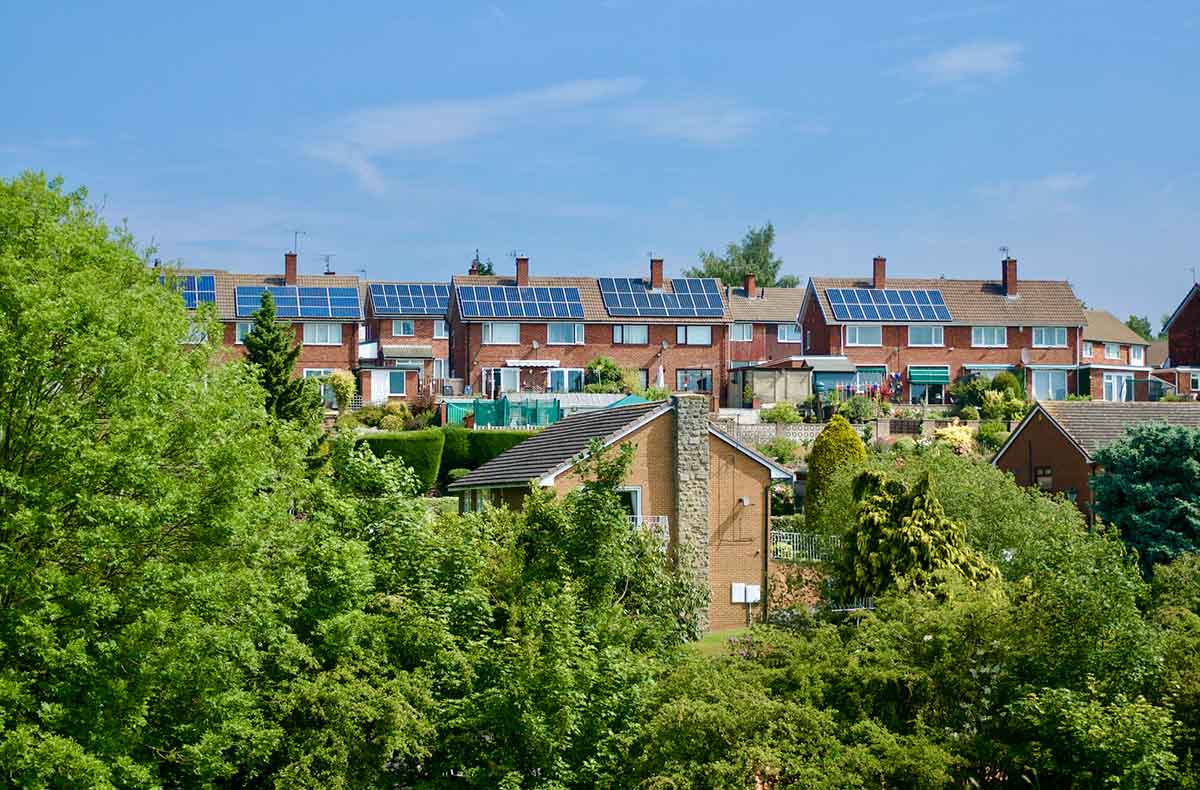
If you read the UK’s sensationalist tabloid media, you would assume the latest immigration numbers came as a shock to all commentators. They shouldn’t have.
According to the Office for National Statistics (ONS), in the year to June 2022, Britain’s net migration figure reached a record 504,000 people: a population increase equivalent to a city the size of Liverpool.
High, for this side of The Pond.
For a geographically small state, this represents a significant population hike and renewed pressures on creaking public services—such as housing, schools, and healthcare—while Britain struggles economically: mired in low growth and productivity, rising interest rates, and soaring inflation.
Reactionary politicians, headline-hungry media, professional controversialists, and (separately) racists leaped into action. Some even spewed out the sort of fear-mongering nonsense that recently led hard-line UK home secretary, Suella Braverman, to describe the flow of illegal immigrants arriving in small boats across the English Channel as an “invasion.”
Braverman advisedly eschewed similar dog-whistle sentiment after the ONS figures were published. But Nigel Farage, the right-wing face of Brexit when he led the UK Independence Party, tweeted the figures were “hard to take in” and said the Conservative government “deserve to be wiped out.”
Farage and other senior Brexiteers made significantly lower immigration rates a totem of the divisive 2016 referendum. The previous year, 2015, had seen UK net migration reach a then-record 330,000. Footage of a human chain of asylum seekers trekking across Europe kick-started a (largely uninformed, sometimes bigoted) debate about affordability and tabloid, neo-Malthusian arguments about whether Britain was “full.”
There’s little doubt immigration fears then heavily informed the Brexit vote.
Consequently, there was a widespread expectation among Brexiteers (and some Remainers) that immigration rates would plummet once the UK was no longer subject to the European Union’s “Schengen” agreement, allowing continent-wide free movement of labor without border controls. So Farage and the UK hard Right regard last month’s record figure as a massive post-Brexit failing of government.
Braverman and her Conservative Party peers have stated they want annual migration figures in the “tens of thousands.” Yet the numbers have soared. But let’s dig a little deeper into the ONS stats to understand why.
In reality, the record total has been inflated by several factors specific to 2021-22.
Firstly, Russia’s illegal war in Ukraine means Britain—like most European states—has opened its doors to Ukrainian refugees. Many will later return to eastern Europe, and some won’t. But in the year ending June 2022, the UK granted some 170,000 visas to Ukrainian refugees.
Secondly, the Taliban’s return to power in Afghanistan initiated a rapid evacuation of those who assisted Allied forces. Up until September 2022, the UK received around 50,000 Afghan refugees or asylum seekers—many of whom would otherwise have been persecuted or killed.
Thirdly, China’s treatment of Hong Kong’s dissidents led former UK prime minister Boris Johnson to declare a time-limited “open door” immigration offer to citizens of the former colony. Some 144,576 visas were handed to Hong Kong residents in the year to September.
And fourthly, the end of Covid-19 restrictions has combined with the post-Brexit education policy to bring vast numbers of international students to the UK on specialist visas. These students bring specialist skills and, let’s face it, vast incomes to the domestic economy. They pay significantly more for a UK university education than domestic students and are, therefore, crucial to the long-term finances of the education sector. Some will leave the UK after their education, and some will stay.
According to the ONS, in the year to June 2022, a total of 277,000 student visas were granted, significantly inflating UK immigration figures.
Once these significant issues are factored in, and even allowing for some overlap with these visa groups and a slight blurring of comparable timelines, Britain is likely looking at a much lower—and potentially more sustainable—”permanent” immigration rate than hit the headlines.
In contrast, the number of asylum seekers or economic migrants arriving illegally via “small boat crossings” is relatively low. They attract negative headlines because of the drama involved and callous media—and sometimes political—attempts to stir-up fear of “others.”
Pictures of an overloaded traffickers’ dinghy, with children on board, almost sinking in the English Channel will always sell more newspapers—and create more fear about “illegals”—than images of a polite, Afghan family calmly wandering through airport customs towards their new life in London. But the reality is both groups will most likely go through the same asylum application process.
Immigration continues to be a divisive issue within British political and social life. Yet it remains a poorly discussed, often tone-deaf policy area too heavily informed by fear, misinformation, and knee-jerk reactions to intermittent crises.
To an extent, the numbers don’t matter as much as many believe. Within reason, Britain could deal with low or high immigration numbers—I’ll let others decide what represents an appropriate number annually. But, as somebody who has written about public policy for 25 years, I can say with certainty the real challenge is ensuring we build communities capable of integrating new arrivals—and properly resource services so that immigrants have a decent country to come to.
And on that, Britain is currently falling short.
What’s needed is a bespoke immigration unit, at arm’s length from day-to-day politics, fear, and irrationality, empowered to make difficult decisions about numbers and policy delivery.
“Need 150,000 immigrants per year to boost the economy? Fine, then we need £X to build the extra health, education, transport, and community capacity.”
“Oh, you want 300,0000 new workers and their families? Ok, then that’s £X+Y.”
There should be limits to an “open door” policy, of course. But immigration should not be about the color of a person’s skin or their method of arrival. It needs to have a bigger and more explicit economic function while remaining true to the UK’s historically compassionate approach to asylum seekers—wherever people are from.


